Management Information System Capstone Project Document
Introduction
Technology is now the big part of our society and our foreseeable future. The Management information system broadly refers to a computer based system that provides the tools to organize, evaluate and efficiently manage department within an organization.
A Management Information System (MIS) represents the electronic automation of several different kinds of tallying, record-keeping, and accounting techniques of which the by far the former oldest, of course, was the ledger on which the business owner kept track of his or her own business (Shim, Jae K. & Siegel, Joel F. 2005). Waves of innovation spread the fundamental virtues of coherent information systems across all corporate functions in all size of businesses. Virtually all major administrative functions are supported by automated system. Management Information System was the first major system of the information age.
Background of the Study
The effects of technology provide our society with basic tools to make our way of living much easier. In adopting the modern way, the system ensures that an appropriate data use on the functions is in its management with the good Management Information System supports the management of marketing, finance, production and personnel becomes more efficient. The tracking and monitoring of the functional targets becomes easy. It creates an impact on the organization’s functions, performance and productivity.
The same to be applied to ABC Company Organizations.
Objectives of the Study
The main objective of this study is to provide the ABC Company an intuitive system to manage students’ accounts and events.
- The researchers aims to design and develop a Management Information System for the that will:
- Allow the students to create account, update profile, view payment status on organizational events online and generate receipt every payment transaction.
- Manage user accounts, payment transaction event fees for authorize users generate daily, weekly, and yearly collection report for every organizational event.
- Evaluate the system according to ISO 9126 standard.
Conceptual Framework
The conceptual framework shows the flow of the system and how it will be process.
This study intends to improve the existing manual way of managing students’ information of ABC Company. The Management Information System can be accessed through the LAN system. The system will be used for managing information of students and organizations.
Scope and Delimitation of the study
The Management Information System can only be accessed through ABC Company LAN System. Users are required to have a registered otherwise no possible access may be done.
Scope
The study is focused on helping the organization officers and student of ABC Company to manage information and add user and student, view payments, update students details, add events fee and expenses, add school year, course, year, section and generate report.
Delimitation
The study is limited only to the students who are the official enrolled and officers who are part of the organization. The system can only feature the student record, payment and event fees under the Organizations.
It is not available or accessible on mobile application and is exclusive by for ABC Company . The system is accessible via LAN system.
Significance of the Study
The study is important to the following:
The Organization. The study is important to the organization in way that the system will help the organization in handling the students finance records and the security of the records.
The Admin. The study is important to the administrators so they can manage the finance records of the students easily. They can view the organization’s transaction records and also the student’s transaction.
The Students. The study is important to the students. The system will provide a convenient way of checking their organization finance accounts.
The Researchers. The study is important to the researchers because they widely practice their knowledge in intensive research needed for the documentation.
The Future Researchers. The study is important to the future researchers because they can use this as their reference for their future research.
Definition of Terms
Admin
Operationally, administrator is the person responsible for managing things and running the organization or business. Administrators are often found directing government agencies, organizing institution or leading school departments. They’re the decision makers and the planners, the people who put in place or administer the rules and guidelines. (https://www.vocabulary.com/dictionary/administrator)
Conceptually, administrator is a person that will manage the system or organization.
Automated System
Operationally, automated system is a system that eliminates the need for human interference in order to complete a task. The automate system is to help speed up a process. Task that are time consuming or inconvenient are often incorporated into system.
(https://www.reference.com/technology/automated-system)
Database
Operationally, database is a stored as a file or a set of files on magnetic disk or tape, optical disk or some other secondary storage device. The information in this files may be broken down into records, each of which consist of one or more fields. Although database is applied loosely to any collection of information in computer files, a database in the strict sense provides cross-referencing capabilities. Users can rapidly search, rearrange, group and select the fields in many records to retrieve or create reports on particular aggregates of data.
(https://www.britannica.com/technology/database)
Conceptually, browse database is the interrelated file of students.
Database Maintenance
Operationally, database maintenance is an activity designed to keep a database running smoothly. (https://m.wisegeek.org/database-maintenance.htm)
Conceptually, database maintenance refers to a tasks that will keep database run effectively and efficiently.
Management Information System
Operationally, management information system deals with the application of computers to business problems. The program provides in depth study of the use of the system approach, methods of system design and the application of the computers as a functional tool within an organization.
(https://mis.eller.arizona.edu/mis)
Review Of Related Literature
2.1 FOREIGN RELATED STUDIES
GRAMEEN FOUNDATION
Management Information System in Finance
“The web-based Micro Finance System Platform, Grameen Koota field’s representatives can record transaction as they are conducted, with no need to rekey the data. The information, updated in real time, makes it possible to produce reports much more quickly,” says Suresh Krishna, managing director (Grameen Financial Services).
According to Krishna “Information that once took us week to compile is now available in real time, so we can easily shift resources to where they are needed.”
The system that the Grameen Foundation have gains better control of transaction and accounting information in order to generate growth and obtain new funding. Allows the system to accurately predict cash requirement in real time. The system provides timely, accurate information to help raise new capital, also managing and upgrade accounts. (Shabbir Akhtar, 2012)
NATIONAL BANK OF PAKISTAN Management Information System
As the biggest operating commercial bank in Pakistan, the bank engages in providing banking and related services in Pakistan and even overseas. The services of NBP can be avail by the individuals, government and corporate entities. (Abdul Mateen, 2016)
2.2 LOCAL RELATED STUDIES
Archive One Document Management System
It is a document management system designed to help document administrators classify, store and secure, search and retrieve essential company records with its advanced search features. Archive One makes searching for all documents (Old and New) fast and simple. The document Management System provides the following benefits to the Archive One, a flexible solution that adapts to any company’s document management procedures, a system that reduces the time required for searching, retrieving, classifying and storing documents.
A powerful tool that secure and enables administrators to track users who have accessed the system and the documents. (Paperless Trail Inc. 2013)
ALK Industrial Management System
ALK industrial management system enhances and increases the transaction process. Services are reliable and accurate; it reduced human effort and time. The system also helped in storing all information in a single file. The system can also speed up the transaction of the company and can provide good benefits for the company and the client. It also records client data and retrieve client’s history. (Edelyn Denila, Joel Mar Francisco, Dovielon Janolino et al., March 2016)
Related Systems
Synthesis
The proponents analyze the relevance of the related literature both local and foreign study in connection to our system.
The Management Information System adopt features such as; archiving the system, control of security of transactions and accounting information, and reliable data records and the convenient to the students and officers of the organization.
The related systems handed a big help in making the Management Information System.
METHODOLOGY
This chapter explains the methods and procedures to be followed in the research project. This chapter reviews the research questions of the study, the research approach used to carry out the study, the research respondents, and the research methods to be used in conducting the study. It also include overview of how to treat research data gathered by the researchers.
3.1 SDLC Model
Iterative Waterfall Model is a software development process. Emphasizes that a logical progression of steps to be taken throughout the SDLC. In this study examines, the specific stages make up the core of the waterfall model.
3.2 Phases
Planning Phase
In this phase the researchers set an interview with the ABC Company officer and find out several problems that the organization’s officer encounters regarding with the student records, events time frame and budget plan.
Analysis Phase
After gathering of information from the organization officers, the proponents figured out a solution to the organization’s problem.
Design Phase
The proponents wanted a simple design and fits to the goal of the system. The goal of the ABC Company
Management Information System is to assure the organizations that all their records accurate, relevant and secured.
Development Phase
In this phase the proponents build the appropriate system which was requested by the personnel, additional designs may be applied in the future.
Testing Phase
The proponents invited twenty-eight (28) Bachelor of Science in Information Systems students and two (2) officer that will test out and give comments and suggestions to the system.
Implementation Phase
The ABC Company Management Information System was turned over to the ABC Company department.
Maintenance Phase
The system requires maintenance every semester in order to keep the functions of the system and check from the possible error that needs to be verify.
3.3 Users Acceptance Survey
The develop system will undertake user acceptance testing by the user of the system. The students and officers of the Philippine Society of Information Technology Students.
Operational feasibility
Objectively, the following functionalities are the goals of the MIS to develop:
- The Management Information System can be accessed by registered student and authorized user.
- The Management Information System provides an organized and accurate students management information records.
- The Management Information System allows the admin to create payments transaction, report the fee collection status choosing between whole or per class in the specified school year, semester, course, year and section, expense calendar report of events, create the event fee and the user.
- The Management Information System allows students to create account, update profile and view payments in their personal account.
Program environment
Front End
The front end or the presentation layer is part of the system where a student connects. In this part the students create, edit and view their personal accounts.
Back End
The back end or the data access layer where the administrator views the history log and the history log contains all the recent activities of the system, where the governor creates events and fees and the treasurer encodes the list of students that pays.
Technical feasibility
- Windows 7 OS
- Browser (Mozilla Firefox, Google Chrome)
- Adobe Dreamweaver
- Microsoft SQL
- Sublime Text3
Hardware Specifications (Minimum Requirements)
- Processor : Dual Core
- RAM : 4GB
- Hard Disk Space : 320GB minimum
- Printer : Ink Jet
- Monitor : Colored
- Mouse and Keyboard
The following are the minimum and recommended hardware specification for the implantation of the system.
Minimum Requirements
- Processor : Dual Core
- Memory : 4GB RAM or higher equivalent
- Hard Disk : 320GB or higher equivalent
- Printer : Any compatible printer
- Other Peripheral : Any compatible keyboard and mouse.
Recommended Requirements
- Processor : Intel Dual Core
- Memory : 4GB RAM or higher or higher equivalent
- Hard Disk : 250 GB or higher equivalent
- Mouse :Optical mouse
System Architecture
The figure shows the layout of the Philippine Society of Information
Technology Students (PSITS) Management Information System
Admin/user and students need a LAN connection access the system.
Use Case Diagram
Show the transaction flow of admin and student and how system works.
Activity Diagram
If the users successfully registered, the user can login on his/her account, can view account and payment the user can proceed to logout.
Data Flow Diagram
Domain Class Model
This domain class model shows the various entities, their roles, attributes, and relationship.
Entity Relationship Diagram
This Entity Relationship Diagram show the various entities, their roles, attributes and relationship.
Schedule Feasibility
Show the list of activities within the given period of developing and documentation of the proposed system. Through this, the researcher can easily determine/Identify what to do next after the activities are done and duration of activities on how long the researcher did the activities.
Cost Benefit Analysis
Cost Benefit Analysis or CBA estimates and sums up the equivalent money value of the benefits and costs of the system in order to recognize whether it is profitable or worth the investment.
Data Dictionary
Table 3.0: Data Dictionary of the System
This tables show the fields and their respective entities. The table present the relationship of the data that were gathered during the observation and interview. Each table show the attributes according to their field name, field type, field size and description.
Presentation, Analysis, and Interpretation of Data
In this chapter presents the result of the User’s Acceptancy Survey conducted by the proponents to the beneficiary of the system.
Presentation
The proponents of Management Information System have conducted a survey to selected respondents. The following respondents are the people whom can benefit the propose system. These respondents are the organization officers and students of ABC Company. These include testing of the system as well as the proponents have demonstrated to the respondents the functionality of the system. By conducting these, the proponents have observed on how the respondent will react. The selected respondents were evaluated using the User Acceptance Survey to distinguish the acceptability of proposed system and how it will function.
Data Analysis
The Data Analysis section will present the existing data that have been collected and gathered by the proponents from various respondents using the Users Acceptance Survey.
Characteristics of Respondents
The population of this evaluation regarding to Management Information System is consisting the ABC Company Bachelor of Science in Information Systems students and Philippine Society of Information Technology Student officers. The proponents have gathered 30 respondents inside the school area in regards of the system acceptability.
Table 4.0:
| Respondents | Frequency |
| Students | 28 |
| Organization Officers | 2 |
| Total | 30 |
The table represented above shows the frequency or the number of respondents who answered the User Acceptance Survey. The total respondents that the proponents have gathered was consisting a number of 30.
Reliability Testing
All the data have been collected by the proponents have undergone a Reliability Testing in which the data have been tested in repeated trials. The proponents decided to use an acceptable approach through using the Yamanes Formula for the accurate identification of the sample size of the population that undertaken the User Acceptance Survey.
This solution indicates the sum total of the getting the sample size of the population that represents by the symbol of (n) that will take the user acceptance survey. This may explain through n=30 divided the sum of 1 and 30 that is multiplied by 0.05 squared or 0.0025 which is the level of precision with a symbol of (e), and is divided to 30 as the total population size that represents a symbol of (N). The total summation was 27.9069767 or rounded off to 28 for the sample size of the population (n).
Interpretation of data
The proponents of Philippine Society of Information Technology Management Information System have conducted an observation which evaluates the responses of the user in division of five (5) user’s acceptability categories. These categories namely as: Effectiveness, Efficiency, Quality, Timeliness, and Productivity. In each category consist a linear scale that rates from 1 as very dissatisfied, 2 as dissatisfied, 3 as neutral, 4 as satisfied and 5 as very satisfied. The first category is consisting of (4) four items.
The second category is consisting of (3) three items, while the third, fourth and fifth category are consisting of (4) items. These categories will be bases of how worthy and useful the system and its functionality.
Table 5.0:
| Range:
4.21 – 5.00 3.42 – 4.20 2.61 – 3.40 1.81 – 2.60 1.00 – 1.80 |
Verbal Interpretation:
Very Satisfied Satisfied Neutral Dissatisfied Very Dissatisfied |
The table shows the range of mean and its verbal interpretation.
Respondent Survey Result
The table above shows the overall result of user acceptance survey with the total of 30 respondents that tested the proposed system and were evaluated in each category. Each of the summed up averages were presented through tables below in which each category means is precisely shown.
Table 6.0: Effectiveness
| EFFECTIVENESS | |||||
| Question 1 | Question 2 | Question 3 | Question 4 | Total | |
| Means | 4.1 | 4 | 4.1 | 3.966 | 4.0415 |
The table shows that the system functionality regarding to effectiveness come up to a total mean of 4.0415 which indicates that the users are satisfied after conducting the test.
Table 7.0: Survey Result: Efficiency
| EFFICIENCY | ||||
| Question 1 | Question 2 | Question 3 | Total | |
| Means | 4.233 | 4.2 | 4.033 | 4.1553 |
The table shows that the system functionality regarding to effectiveness come up to a total mean of 4.1553 which indicates that the users are satisfied after conducting the test.
Table 8.0: Survey Result: Quality
| QUALITY | |||||
| Question 1 | Question 2 | Question 3 | Question 4 | Total | |
| Means | 4 | 4.1 | 4 | 3.933 | 4.0082 |
The table shows that the system functionality regarding to effectiveness come up to a total mean of 4.0082 which indicates that the users are satisfied after conducting the test.
Table 9.0: Survey Result: Timeliness
| TIMELINESS | |||||
| Question 1 | Question 2 | Question 3 | Question 4 | Total | |
| Means | 4.033 | 3.933 | 3.933 | 3.833 | 3.933 |
The table shows that the system functionality regarding to effectiveness come up to a total mean of 3.933 which indicates that the users are satisfied after conducting the test.
Table 10.0: Survey Result: Productivity
| PRODUCTIVITY | |||||
| Question 1 | Question 2 | Question 3 | Question 4 | Total | |
| Means | 4.133 | 3.866 | 4.1 | 4.133 | 4.058 |
The table shows that the system functionality regarding to effectiveness come up to a total mean of 4.058 which indicates that the users are satisfied after conducting the test.
Base on the following tables above shows the results of the test that signify the Philippine Society of Information Technology Student Management Information System is useful to the Philippine Society of Information Technology Students’ officers and Bachelor of Science in Information Systems’ students. The users are grateful for proposing the system, which is convenient, user-friendly, accurate and efficient regarding of record and account keeping. Reaching an average of 4.0392 is a good result that inspires the proponents to develop the system continually and propose for deployment.
Summary of Findings, Conclusions & Recommendations
This chapter presents the overall summary or the finished researched works, the conclusions have been drawn and the recommendations have been given to the proponents. This may serve as an outgrowth of this entire study.
Summary of Findings
The proponents of Management Information System have conducted interviews to the Philippine Society of Information Technology Students’ officers and Bachelor of Science in Information Systems’ students. We have gathered data that identifies the problems of the organization that proponents are making solutions regarding to it. These solutions would help the organization to minimize the found problems and make a better way regarding to management and information of the organization.
The Organization Officers was using a manual system in generating their payments regarding to event fees of the organization of ABC Company.
The proponents have developed a system that is automated, User-friendly and could done the works efficiently and effectively. Management Information System aims to develop a system that is online wherein the students and officers can avail as long as they have an access to internet. While the administrator can monitor and maintain the system such as editing, filtering, adding, achieving and securing the information of the users.
The result of the gathered data was implicated by the roles of each users experience of using the system in terms of effectiveness summed a total of 4.0415 which taken us “satisfied”. As for the efficiency user’s rated us and the summed total was 4.1553 which also means “satisfied”. For the quality the summed total of rating was 4.0082 which also mean “satisfied”. In term of timeliness the user’s rate was 3.933 which also interpreted as “satisfied”. As for the productivity the respondents rates us 4.058 which means “satisfied”.
Conclusion:
In line with all the data that have been gathered, the development of the proposed system, the results and feedbacks after conducting survey and collecting information, therefore the proponents conclude that when developing a system, and replacing the manual system in to much better innovation and much useful to both organization and the users where the data are consistent and accurate. There should be a knowledgeable person that have skills in operating and managing the system. The proponents also conclude that the Management Information System is much better because it is convenient for both the organization and users, effective, user-friendly, time effective and efficient for works, for inventory, collection and generating reports. The developed system has met all the functional requirements of the organization and the problems found have now being solved by implementing the solutions that the proponents gathered for the betterment of the organization’s system regarding to the collecting, inventory and generating reports of ABC Company Organization.
Recommendations
Based on the information gathered, the proponents presumed that the system is accessible to use. It is found effective and consistent in disseminating information to the users. The system was able to perform the necessary features which have been stated in the scope and objectives.
For the future researcher, the proponents recommend to enhance the features of the system. The Management Information System’s receipts and reports should convert into pdf, system should also be archive, dynamic, have separate reports for the negative balances, User-account maintenance which shows the roles and privileges of the students and organization officers, the system should also have Organization Officer’s filter. Also the institution may widen the coverage of the system not only for students but also to the other organizations and programs that are being offered by the institution.
Credits
Solitario, Norelyn A.
Bibaoco, Shiella May B.
Belleza, Flora May O.
Alimon, Jenevive D.
Magan, Alibert

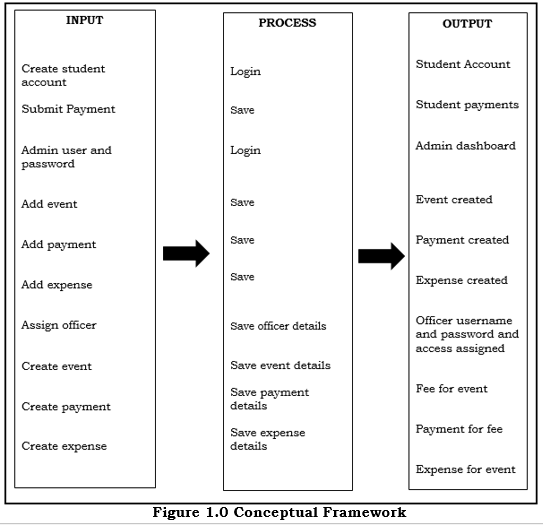

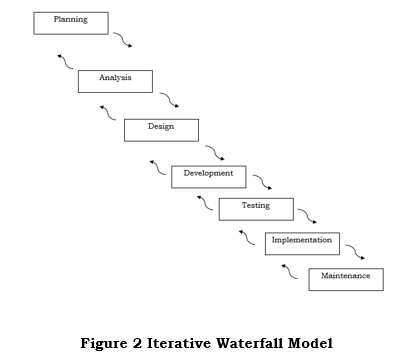
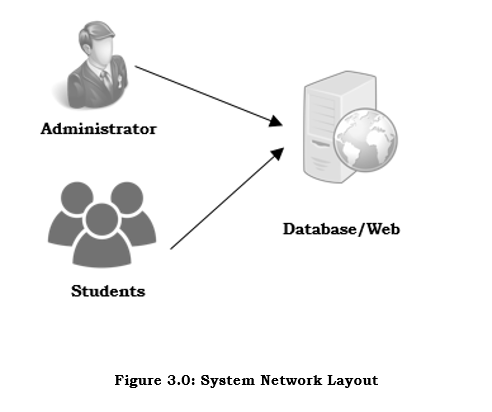
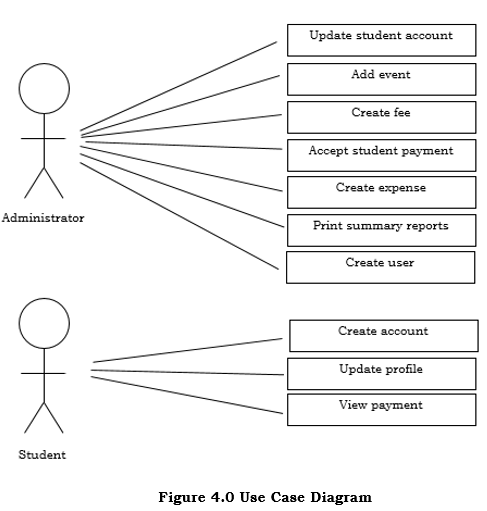
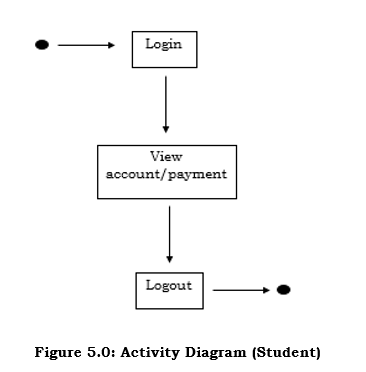
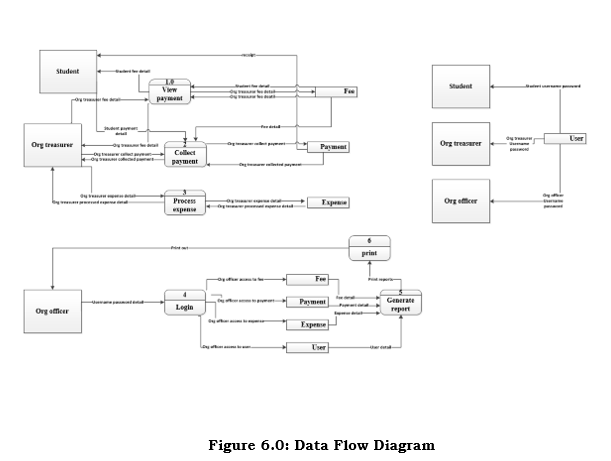

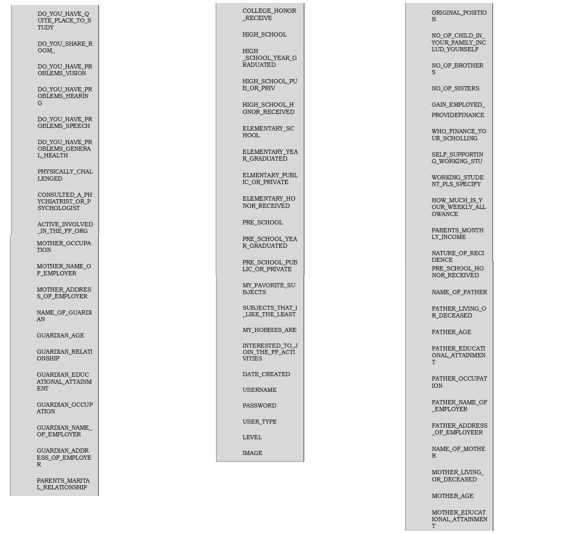
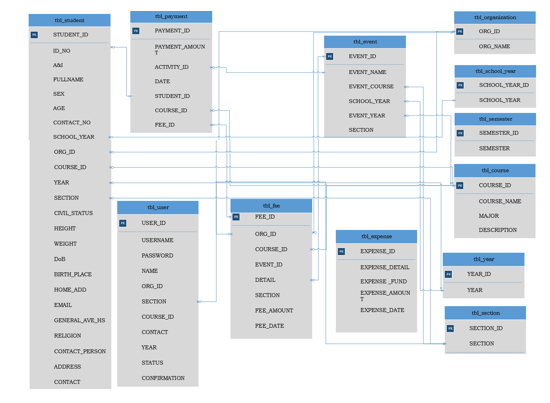

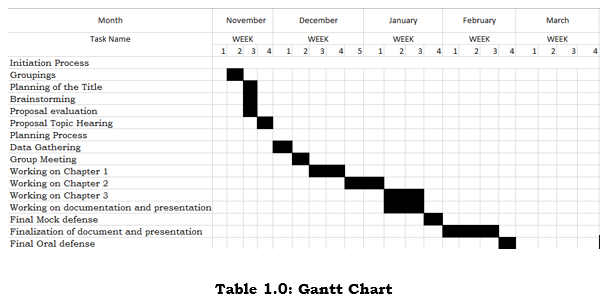
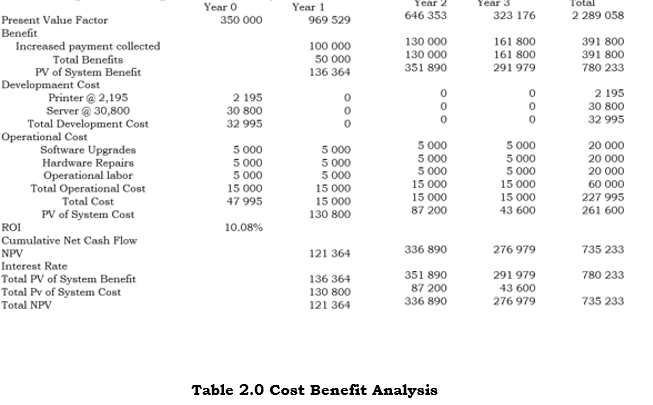
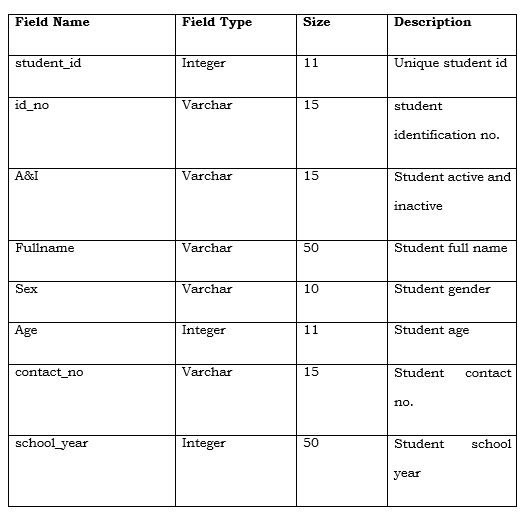
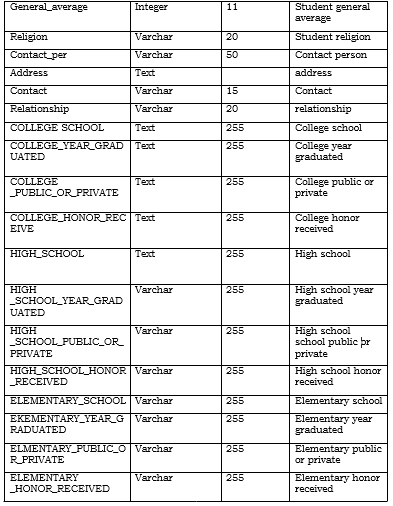

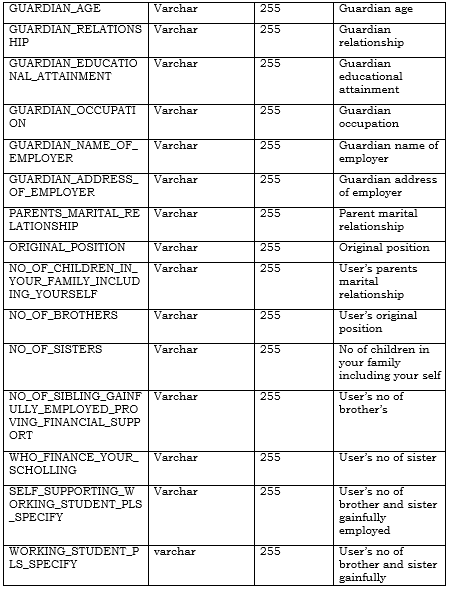
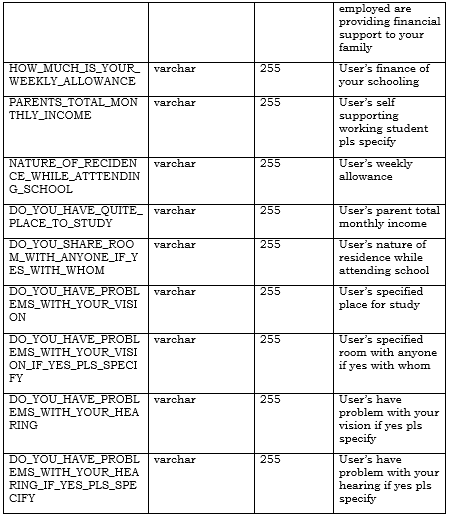


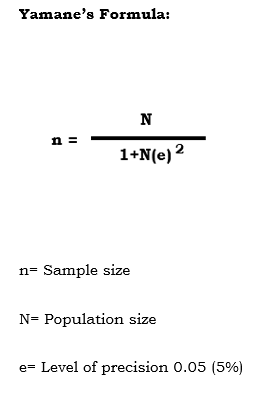

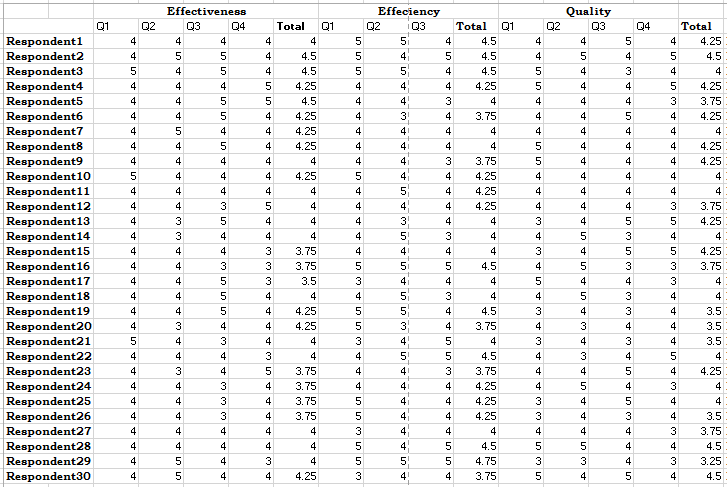
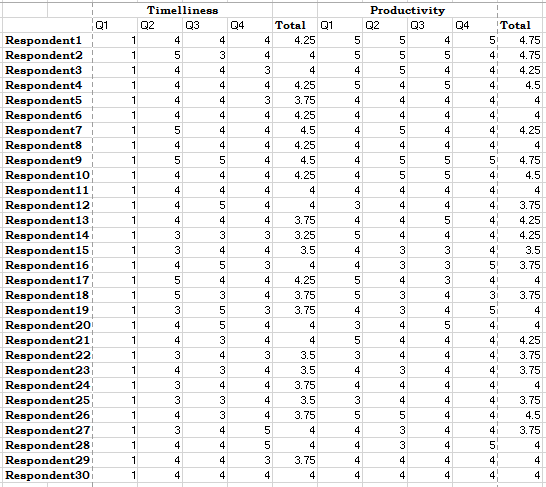
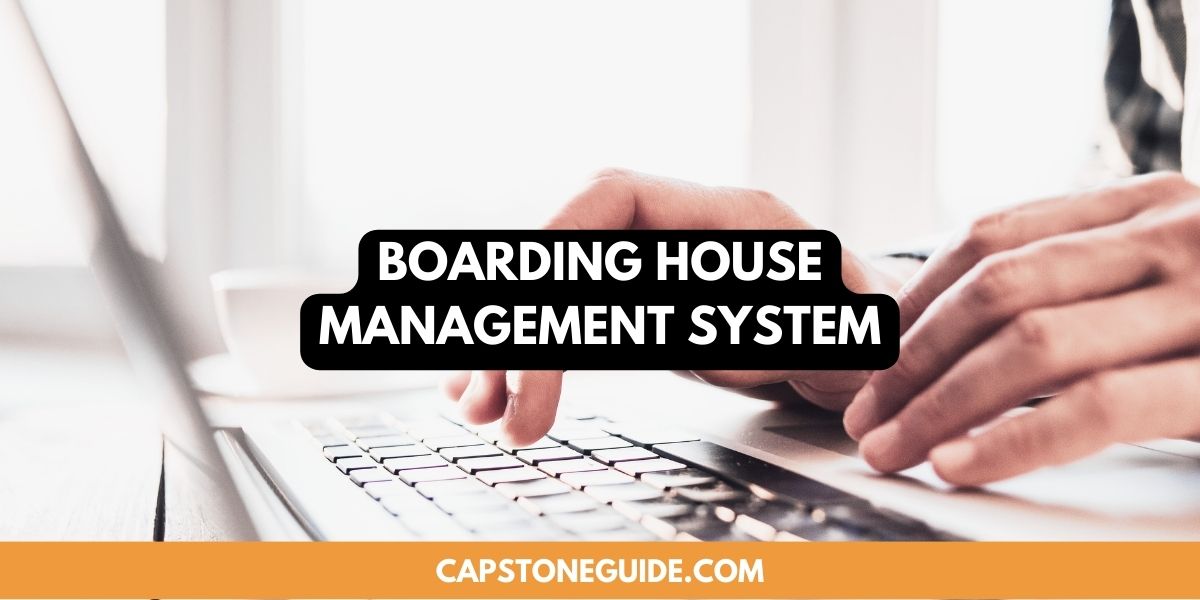


Leave A Comment
You must be logged in to post a comment.